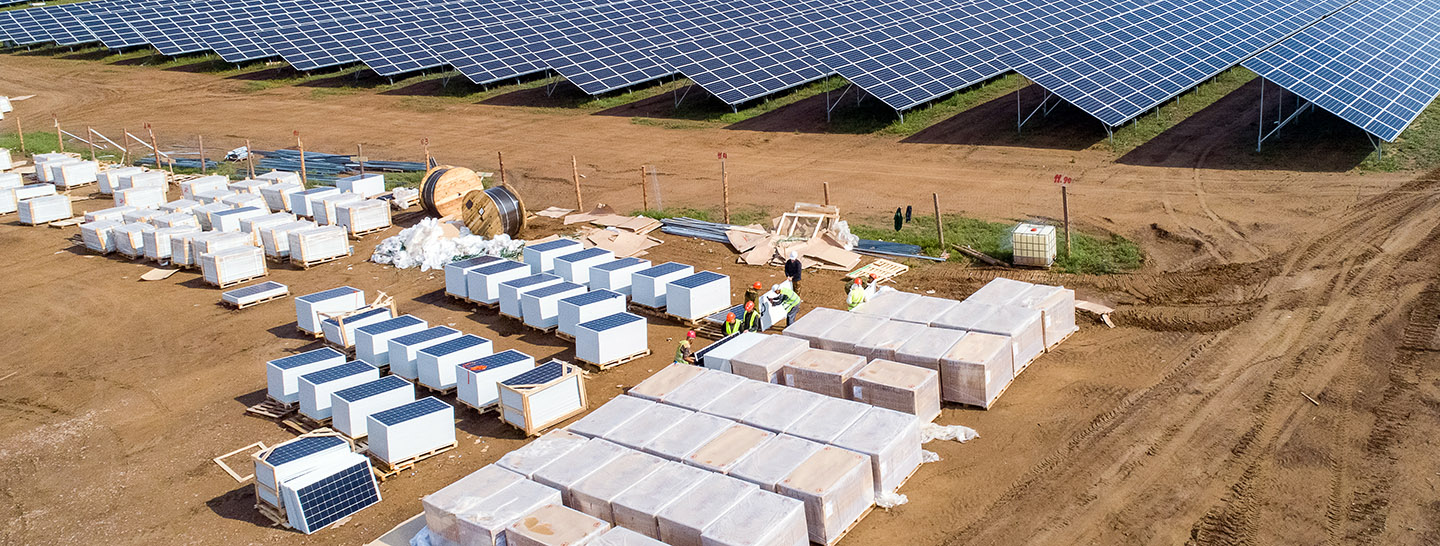- PJM has approved a new plan to cut down on its interconnection backlog and allow renewable energy projects to begin construction quicker.
- The three-phased approach, detailed below, could cut down on time spent in the interconnection queue by as much as 25%.
- While the proposed changes would have significant long-term benefits, the reform plan may cause delays for some projects in the interim. As a result, the renewable energy PPA market in PJM could continue to provide challenges for PPA buyers over the next few years.
The United States has begun a major shift – a revolution in how we power our businesses, homes and even our cars. The public sector – federal, state, and local – has rapidly turned policy toward a future driven by decarbonization via green fuel sources, to varying degrees. In the private sector, companies are creating and publicizing environmental, social and governance (ESG) goals to hold themselves accountable for greenhouse gas emissions up and down their supply chains.
The result is an explosion in demand for decarbonization projects that can be purchased by public or private entities. These projects typically take the form of either on-site generation projects or power purchase agreements (PPAs). But before construction crews can be deployed and, eventually, the benefits of these projects can be realized, the process that must be followed is a long, complex, and potentially expensive one.
PJM, the country’s largest regional transmission organization (RTO), has seen this phenomenon firsthand with a massive influx of renewable project applications waiting to be approved. Their end-goal is to shorten the path to breaking ground, and now they’ve proposed a reform plan.











